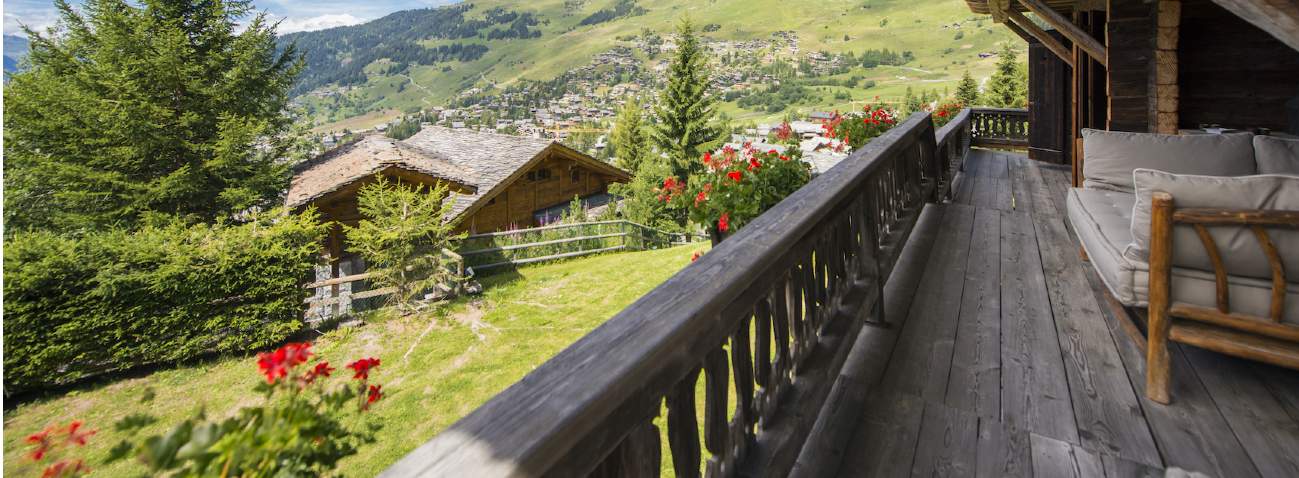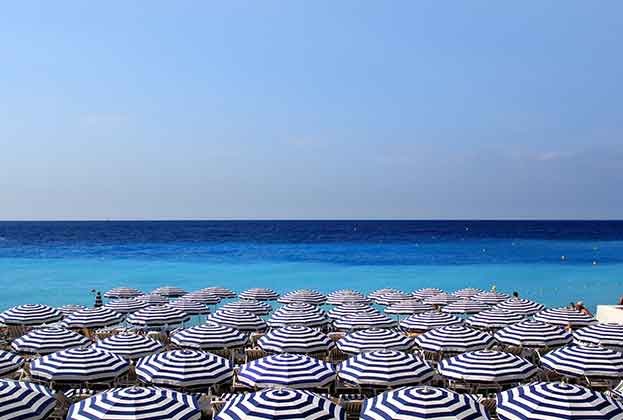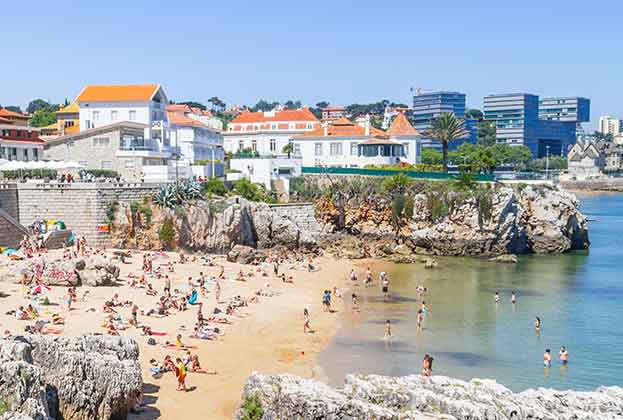The coronavirus pandemic is set to have a substantial impact on the global economy. The unique nature of the crisis means that the rate of recovery is still largely unknown but has potential long-lasting implications on our day-to-day lives.
While much remains uncertain, looking at how ski property markets fared during the global financial crisis (GFC) can give us some pointers of what lies ahead during the impending downturn. Alpine property markets are also often influenced by national housing market trends, so looking at national housing market performance can offer further context.
France
During the last recession, property values fell significantly in the French Alps, exacerbated by high inventory levels. In resorts such as Chamonix and Flaine the rapid rise in values prior to the crisis led to considerable softening, with transaction prices recorded at 20 per cent below their peak values. The most significant reductions were witnessed in new build developments.
France’s national housing market followed a different trend to Austria and Switzerland, with a faster rise in prices prior to the crisis followed by a period of price falls. This was a similar trend to that seen in the UK, but less severe, coming off 9 per cent from pre-crisis peak to the trough, compared with 17 per cent for the UK (see chart below).
Switzerland
Switzerland’s Alpine markets managed to avoid substantive price falls following the GFC as supply remained limited, helping to maintain values. However, the pace of growth seen prior to the GFC did slow, with markets such as Verbier having experienced 20 per cent per annum price growth between 2002 and 2007. The Swiss housing market is generally less volatile than most other European markets and national house prices remained relatively stable during the crisis.
Austria
Prior to the GFC, Austrian Alpine markets did not see the exponential price appreciation seen in others areas of the Alps and also remained relatively stable. Additionally, low levels of new build product coming to the market meant supply remained limited, thereby helping to support price levels. Likewise, the national housing market largely managed to avoid price falls and quickly returned to strong growth, increasing by 39 per cent from Q1 2007 to Q4 2013.





.jpg)

.jpg)


